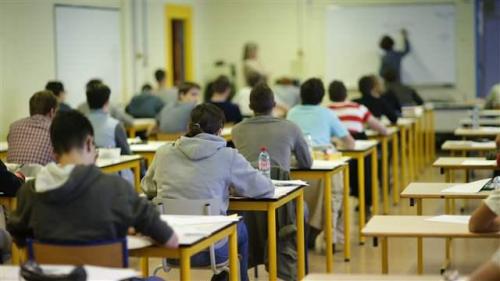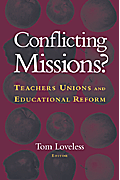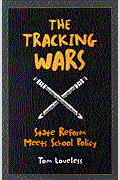Standardized testing in the U.S. has generated considerable controversy as the uses of test results have increased in recent years—first to measure school quality and punish low-performing schools, and now as a component of teacher evaluation systems. Some tests are also high-stakes for students, with a passing score needed to progress to the next grade or to graduate from high school.
Critics of testing point to the millions of dollars paid to test-makers and ask if the money could be better spent elsewhere. In a Brown Center report released last month, I examined data on state payments to test-makers for their math and reading assessments, which totaled $669 million annually in the 45 states for which I obtained data. A rough estimate of total state spending on all assessments is $1.7 billion, a seemingly large number but a drop in the bucket in a public education system that spends over $650 billion per year.
Put another way, if states were to eliminate testing entirely, the $1.7 billion saved could only increase teacher salaries by one percent or decrease pupil-teacher ratios by 0.1 students. In the context of $13,234 in yearly per-pupil spending, the $34 per student spent by states on testing simply isn’t very much. This figure doesn’t account for spending on testing by schools and districts, but even quadrupling the number would only bring it to about 1 percent of spending.
The paltry amount spent on testing coupled with the increasingly prominent role played by testing in education policy raises the question of whether many states are not spending enough to get the high-quality tests needed to make such important judgments as which students are learning, which schools are failing, and which teachers should be rewarded for exceptional performance. The average state in our study spent $27 per student in grades 3-9 on its math and reading assessments, but Massachusetts spent more than double that ($64) on its highly regarded assessment system, the MCAS.
My report suggests strategies for states to improve the quality of their assessments without an increase in costs, such as collaborating with other states on common tests. But many states that currently spend very little on testing may need to increase their spending in order to have assessments worthy of the uses being made of their results. This pressure will be particularly acute in low-spending states that have agreed to join the consortia developing assessments for the Common Core standards, such as Alabama, Georgia, Louisiana, and Mississippi. The higher quality promised by the developers of the new assessments is likely to come at an increased cost to these states.
A modest increase in spending on testing seems like a no brainer if it can achieve a significant increase in the quality of tests used to hold students, teachers, and schools accountable. But such a move will face significant political opposition in many states. Those most concerned about the quality of standardized tests should in theory support upgrades to assessment systems aimed at improving their quality, such as movement away from the traditional multiple-choice “bubble tests.” But many testing critics instead oppose high-stakes testing in all forms, and thus will oppose any policy that increases spending on testing.
Most Americans remain broadly supportive of testing, with only nine percent of respondents in a 2011 poll expressing opposition to the requirement that all students take yearly math and reading tests (as mandated by No Child Left Behind). However, this support may decline if the results of low-quality tests are used to make important decisions for which they are ill-suited. It will take political courage in many states to make the investments in upgrades to assessments systems that will be needed if the tests are to be used in ways that are fair to students, teachers, and schools.










Commentary
High-Quality Assessments Face Political Hurdles
December 13, 2012